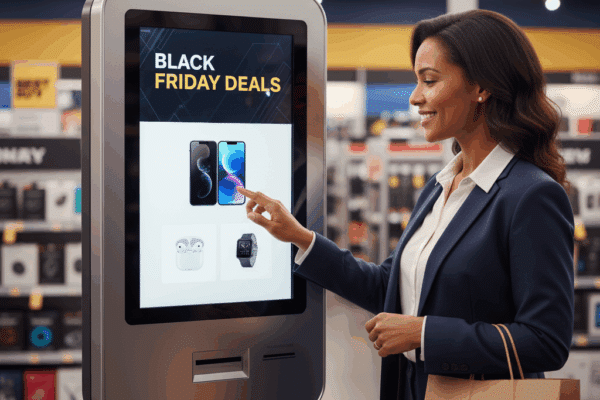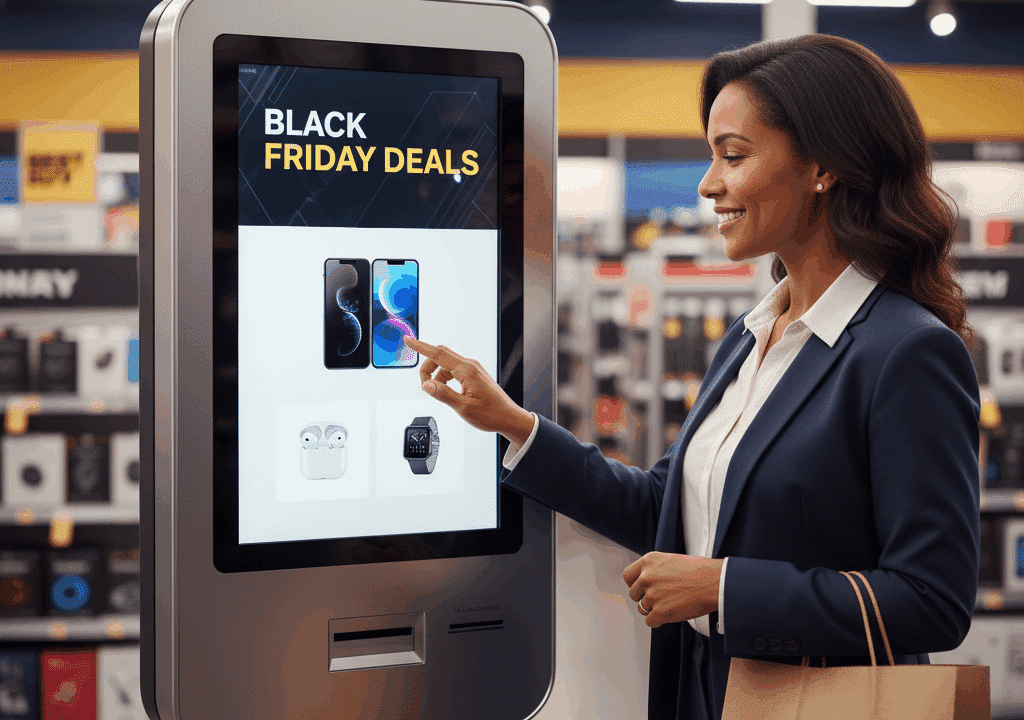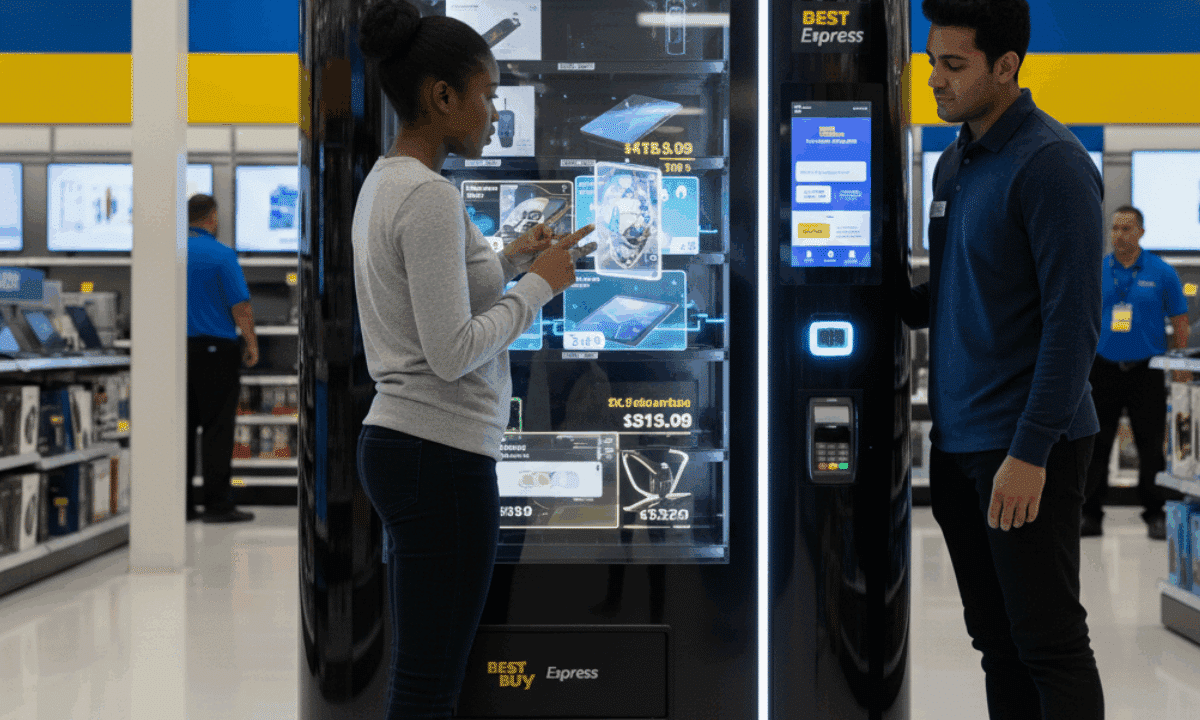
SHARED BRAND REPRESENTATION: A NEW TWIST ON CO-BRANDING
Co-branding is having a moment. These strategic partnerships are carefully crafted alliances between two or more brands, and they can be an effective way to build awareness, get more bang for the buck, grow market share, or break into new markets. Tide’s 45-second spot for its Power Pods during the Super Bowl, pulled in the Bud Light Knight, and a reference to the Pepsi sponsored half-time show. Recruiting those brand partners, who are not in the P&G family, was a first for Tide’s marketing, and proved effective and memorable. For a partnership to truly work, it has to be a win-win for all brands involved. Retailers have been quick to recognize the power of collaboration with complementary partners, like Pottery Barn’s co-branding campaign with Sherwin-Williams, who develop exclusive seasonal palettes of paint color that complement their furniture choices.
Yet there’s another way that brands can reap the benefits of co-branding: shared brand representation or brand ambassadorship. By sending their own representatives to stores, brands are able to drive their own sales, increase consumer engagement, and ensure that merchandising is well displayed. There’s no question that this approach gives brands a competitive edge in retail stores. But for some brands to have a robust brand ambassador program, it can be expensive, no matter how directly consumer engagement correlates to sales. With shared representation, brands are able to share the expense while still reaping the benefits of a dedicated brand ambassador. Consider this scenario: a brand that specializes in connectivity devices (phone chargers and cables) partners with other wireless accessory brands, such as a company that makes drop-resistant cases for mobile phones, and another than makes screen protectors. Now you have an alliance that enhances the vitality and dynamism of all the brand partners, while making the program more affordable. Beyond the shared expenses, shared brand representation has other benefits. Together, the brands are creating a memorable experience for shoppers—one in which they can touch, feel and engage with products, but also have their questions answered by enthusiastic, knowledgable store associates. It’s the kind of personalized, customer-focused experience that gives brands a winning edge.
In order to create a successful shared brand ambassadorship program, a third-party solutions provider is your best bet. You want a retail expert who not only has experience with shared representation, but also has experience in finding, vetting and connecting potential brand partners to create a complementary offering. The program should also be data-driven; look for a third-party provider who can leverage tools and platforms so that brands aren’t just collecting data, but gaining valuable business insights.
To find out more about how to create a shared representation program for your brand, get in touch with Chris Green, Senior Vice President Business Development at T-ROC, cg****@********al.com








